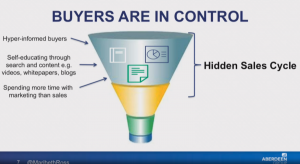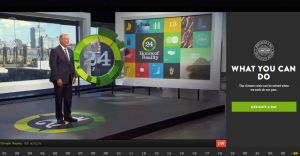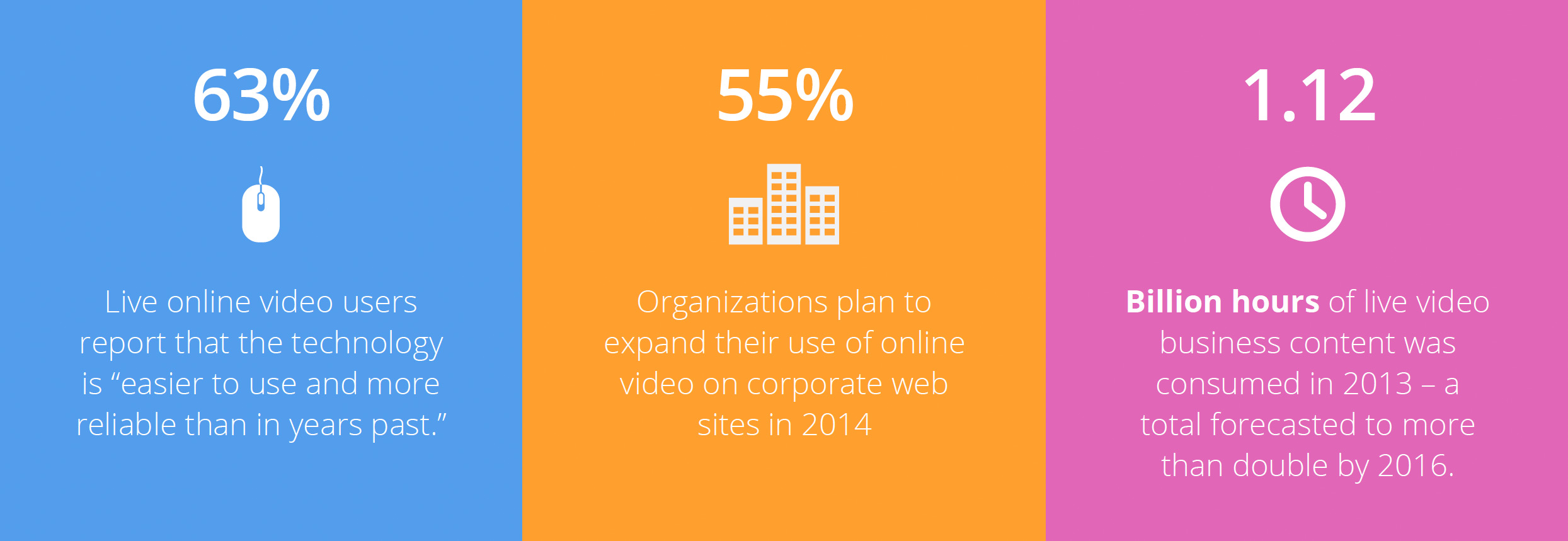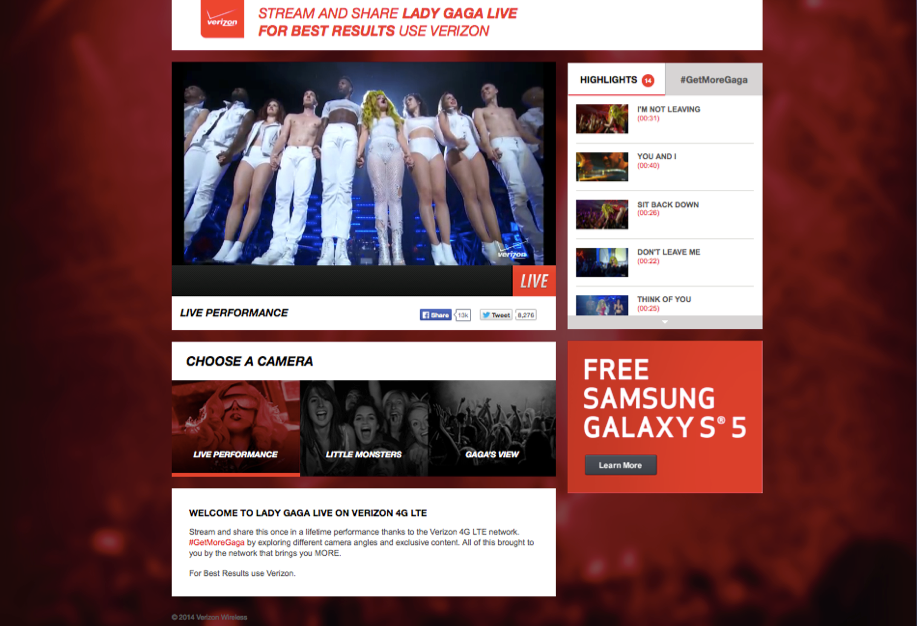Researchers from Deloitte recently asked more than 2,500 business and HR leaders to rate the urgency of numerous business issues, ranging from workforce capability to diversity and inclusion. No less than 79 percent of respondents rated the issue of employee retention and engagement as “urgent” or “important.”
And how are they doing on that front? Not so great, according to a separate survey by Gallup:
An alarming 70% of American workers are not showing up to work committed to delivering their best performance, and this has serious implications for the bottom line of individual companies and the U.S. economy as a whole.
What’s a CEO to do?
Smart leaders are realizing that, if employees are going to be engaged in their work, they need a direct line to top management. From the mailroom to the boardroom, employees need to know the organization’s mission, they need to know what success looks like, and they need to know that management cares — and they don’t want to read about it in an email.
That’s where live streaming video comes in.
Live streaming video offers employees real-time engagement with top leadership, whether those leaders are delivering prepared presentations or answering questions off the cuff at a virtual town hall. It builds a personal bridge that can fuel a whole new attitude toward the organization and the employee’s role within it.
Take a look at what Ustream client Zuora did when its employee base grew to span across nine time zones. By taking the company’s weekly meetings online via live video, Founder & CEO Tien Tzuo was able to bring Zuora’s workforce “under one virtual roof,” where employees could interact and ask questions in real time. “Ustream has been a big part of helping us keep that small company feel,” says Tzuo. “[It] allows us to create a really rich, interactive experience.”
How can live streaming video help you create a more engaged workforce? Learn more from by registering for our webinar “Business Use Cases for Live Video Streaming” here.








